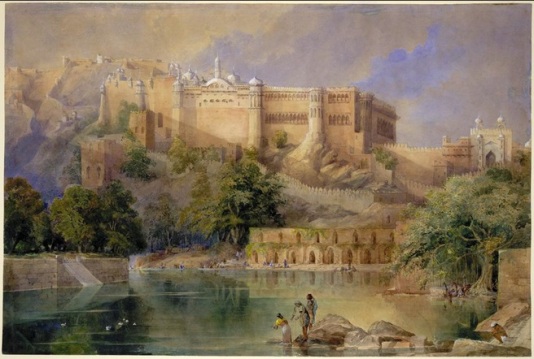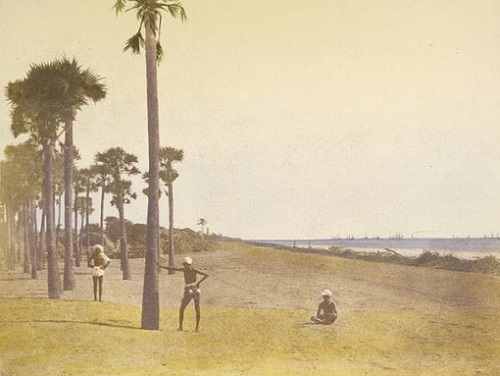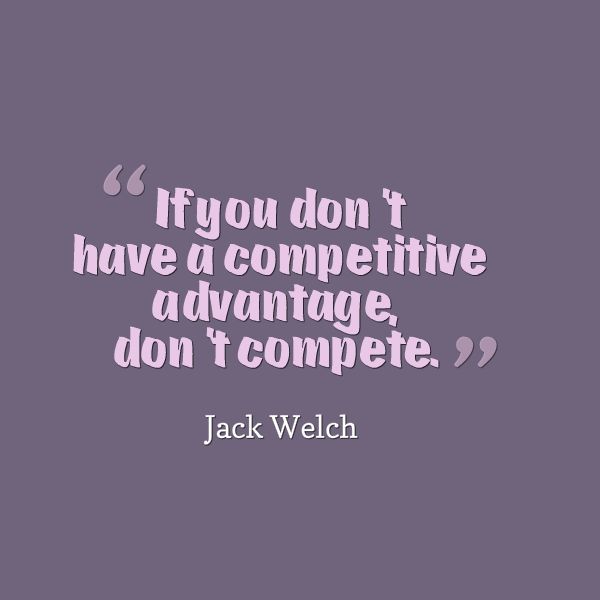By Somali K Chakrabarti
“Sublime wonders lie in store,
I am shown a regal residence;
a mighty kingdom, an empire
with more grandeur than before ...”- E.A. Bucchianeri, Poetry for the Phantom of the Opera
Forts and palaces never fail to fascinate me. These rare examples of architecture offer a glimpse into the past grandeurs and reveal many a story of kings and their kingdoms, the wars they fought, the courts they held, and the way they lived.
Here are some pictures and photographs from the 19th century that capture the oriental magnificence of the historic forts and palaces of Rajasthan.
.
Amber Fort, ca 1860
Amber Fort, part of Raj mahal & Maota Lake, watercolours by William Simpson ca.1860
Eleven kilometres to the north of Jaipur, is the town of Amber.
The impressive fort and the palace complex, on a hill overlooking the Maota Lake was built at Amber, in the late 16th century by Akbar's famous general, Raja Man Singh (ruled 1592- 1614). Alterations and additions to the palace structures continued throughout the 17th century and beyond, until the fort was finally abandoned in 1727.





